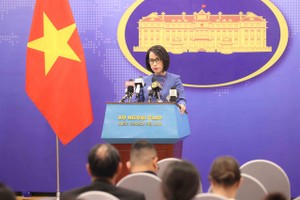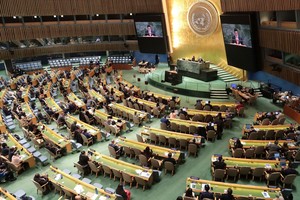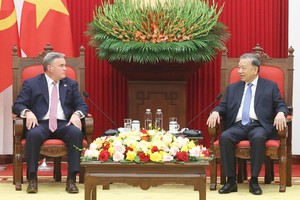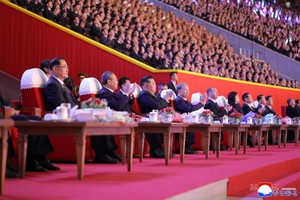WASHINGTON, March 31, 2011 (AFP) - Disaster plans at Japan's stricken Fukushima nuclear plant appear woefully inadequate, including only one satellite phone and a single stretcher in case of an accident, a report said Thursday.
Tokyo Electric Power Company's (TEPCO) disaster-readiness plans for Fukushima, which was slammed by Japan's March 11 twin earthquake and tsunami disasters, were obtained by Wall Street Journal.

The documents, said the financial daily, focused on smaller-scale accidents but no information on how to confront extensive damage.
According to the Journal, the plans had no detail on outside firefighters from Tokyo, the national military force, or using US equipment to battle leaks and contain radiation, which all have been part of the response to the crisis.
"The disaster plan didn't function," said a former TEPCO official, quote by the Journal. "It didn't envision something this big."
The revelations add to Japanese suspicion over TEPCO's track record on safety issues surrounding Fukushima and attempts to cover them up.
In 2002 TEPCO admitted to falsifying safety reports which led to all 17 of its boiling-water reactors being shut down for inspection, including Fukushima. And in an eerily familiar event, a 2007 earthquake paralyzed its Kashiwazaki-Kariwa nuclear plant -- the world's biggest -- and more radiation leaked than TEPCO initially acknowledged.
TEPCO later said it underestimated the potential impact of an earthquake on the facility.
On Thursday Japanese officials were saying there no plans to widen an exclusion zone around the stricken plant, amid revelations that radiation levels in the sea near the plant had risen to a new high of 4,385 times the legal level.
























